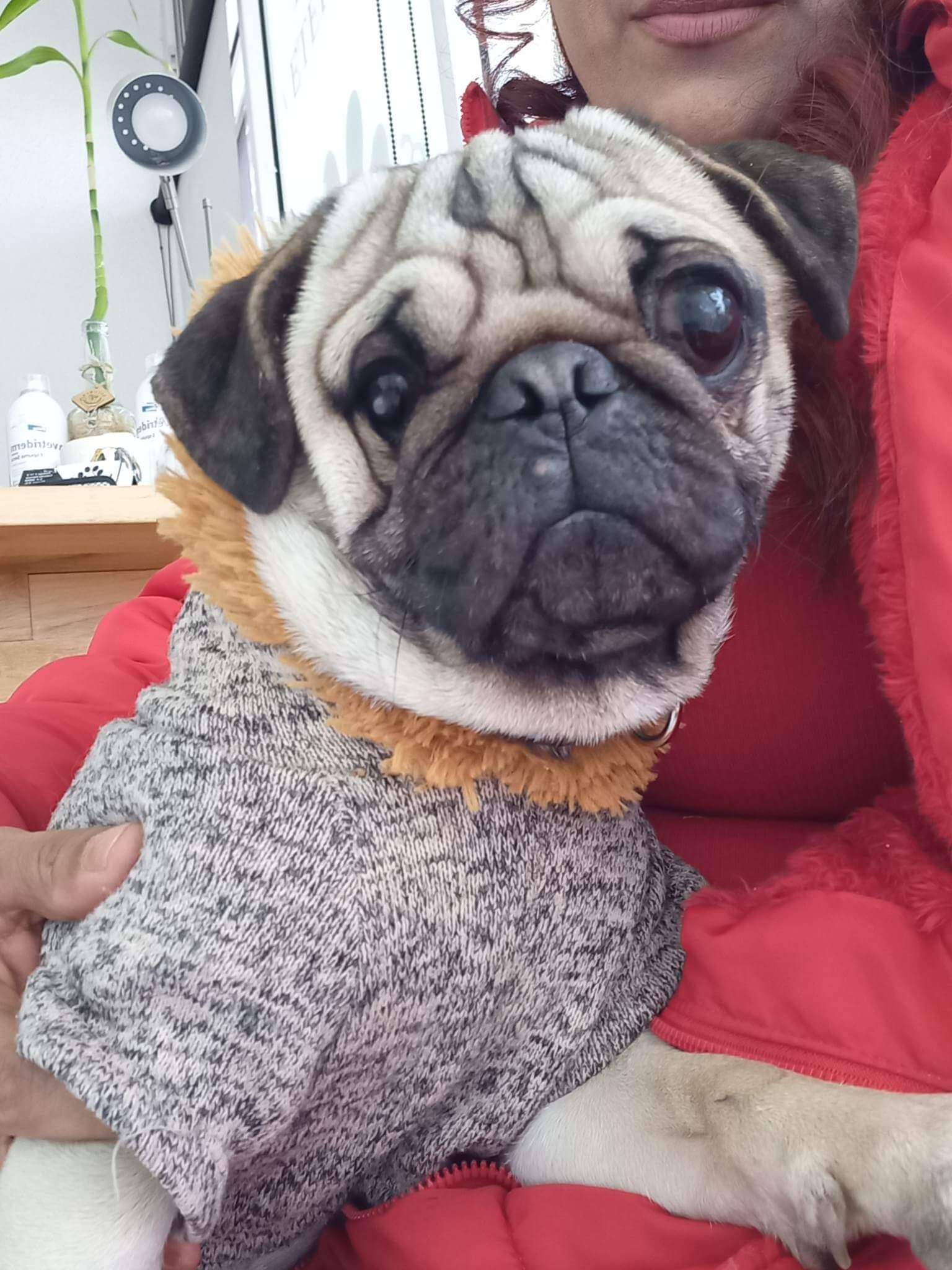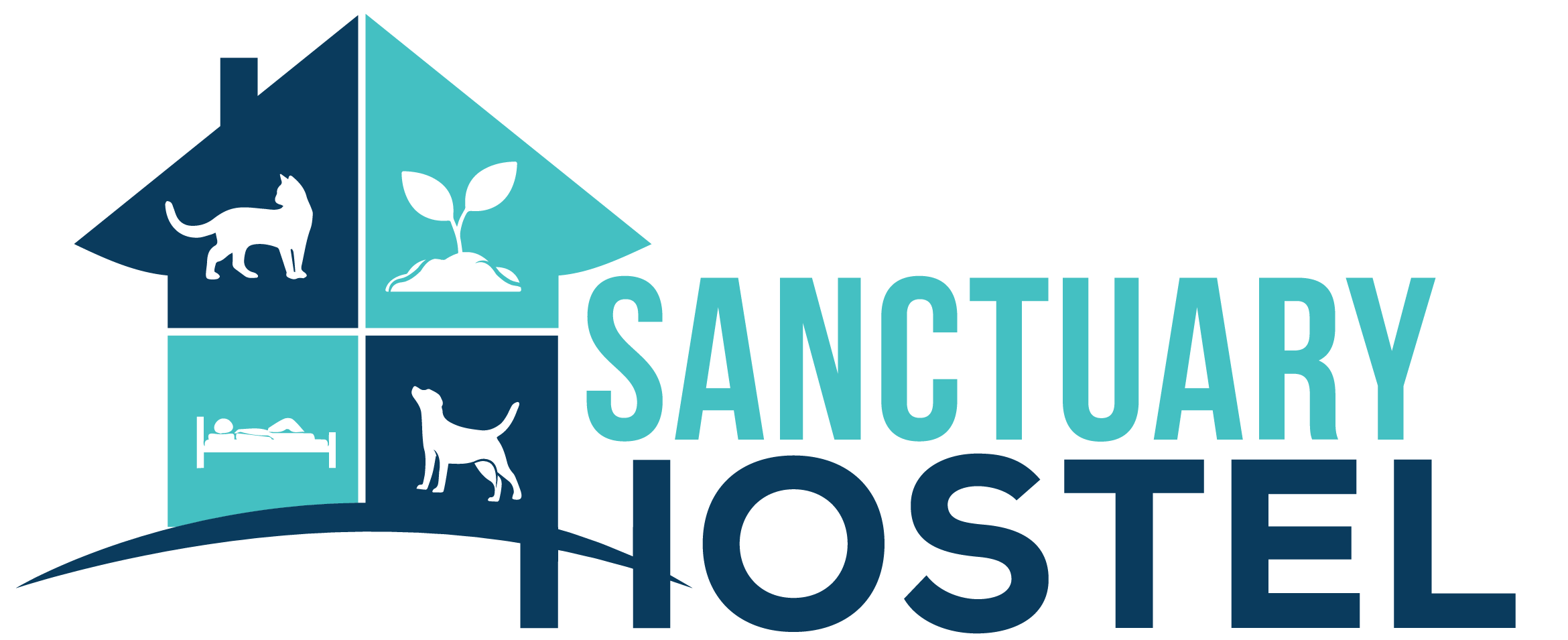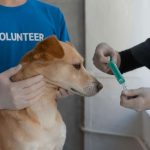An old Tunisian proverb says that “there is no blindness but the blindness of the heart”. Losing our actual sight can still be terrifying but with the right support, blind people often “see” more than others. It’s the same for dogs. And opening up our hearts to blind dogs for adoption can so be so rewarding for everyone. So, start learning how to care for a blind dog today.
Living with a Blind Dog
We tend to perceive the world through our eyes but dogs interpret through their noses. As this VCA article on how dogs use smell tells us, dogs use smell to communicate.
They take in the chemicals that come with smell to make sense of their surroundings while also passing on information about where they’ve been.
Have you ever wondered why dogs roll around on dead fish when they see them on the beach or even other animal faeces? Essentially, they’re covering themselves with the smell to tell their fellow dogs where they’ve been.
All this tells us that, for dogs, losing their sense of sight is nowhere as debilitating as it is for us. Moreover, getting to know blind dogs for adoption will show you a whole new way of interpreting the world.
Whether you choose blind dogs for adoption or are transitioning your older dog, try these tips to get to know their world which can help with your own well-being:
- Toys for blind dogs. A quick Google search will offer you a multitude of toys for blind dogs where you can also have fun. Interactive puzzles, snuffle mats, noisy chaser toys and more can provide hours of joy.
- Experiment with scents. Again, various toys online have scents that dogs love including peanut butter, bacon or even, of course, treat-dispensing toys.
- Have fun with sounds. We all know about squeaky toys for dogs but what about the locator sound ball? When it comes to toys for blind dogs, even a blind dog can play fetch with this one. It does this by sending out a pulse that you can both hear every few seconds.
How to Care for A Blind Dog
Knowing how to live with a blind dog doesn’t have to be daunting. Generally, it’s our own fear of losing sight that adds to our stress as we imagine what life is like for our dog companions but through our lens of the world.
Simply remind yourself that dogs are highly adaptable creatures. They don’t tend to get lost in thoughts and anxieties like we do.
Although, that’s not to say that dogs don’t get anxiety or can’t lose the present moment like we do.
My dog is a prime example. Her past abuse means that she gets highly anxious when there’s more than one stranger around. Moreover, she easily gets distracted because she’s on a constant high alert.
An evolutionary biologist goes into more detail in his blog on harmful myths about dogs posted in Psychology Today. Essentially, we should be careful attributing too many human desires or traits to dogs.
Nevertheless, blind dogs for adoption can and do recover mentally and emotionally from losing their sight. They also continue to have fun and equally rewarding lives afterwards, just like a blind person does.
As we mentioned in a previous blog on stray dogs can make you happier, working with or adopting strays can also improve your own well-being. Such altruism clearly extends to, not just playing with blind dogs for adoption, but actually taking one home.

And Older Dogs
Of course, in some cases, you might have to know how to care for an active older blind dog. This can happen when, for example, your older dog gets glaucoma or simply stops seeing so well because of age.
Naturally, older dogs often also need some minor adjustments as we explained in a previous blog on caring for senior dogs.
Added to that, the sudden change in eyesight and they might be initially anxious but as mentioned, living with a blind dog can be fun for both you and your dog companion.
Make sure you follow these tips to make the most of living with a blind dog:
- Keep to a routine. All dogs like routine but this is especially true when learning how to care for a blind dog. In essence, it gives them a framework that adds assurance and certainty. Just like people need routines, so do dogs.
- Avoid redecorating. Clearly, it’s best to avoid moving the furniture around your house. Some people also find it helps their blind dogs if they dab the various pieces of furniture with dog-friendly scented oils to help them orientate themselves, especially at first. Lavender or geranium works well but remember that their noses are highly sensitive so only need the tiniest of drops.
- Use tactile markers. Just like we have tactile paving at pedestrian crossings, dogs can benefit from various bubbly or soft mats spread around your house. On top of that, keep reassuring them gently with the sound of your voice.
- Blind dog halo. As the director of Handicapped Pets in Australia explains in this blog on providing quality of life for blind dogs, you only need the smallest change but every handicapped sentient being deserves a full and happy life. As such, you’ll need a blind dog halo harness with an anti-collision ring that stops dogs from bumping into things.
How Will You Consider Blind Dogs for Adoption?
Life is always worth living. Yes, disabilities take some adjustments but as dogs rely on us for their well-being, so we owe it to them to make those small changes.
Moreover, as you can see from above, there are many games and activities you can do together. And don’t underestimate the heart-warming feeling you’ll be rewarded with when you take home at least one of the many blind dogs for adoption. It is beyond words.





